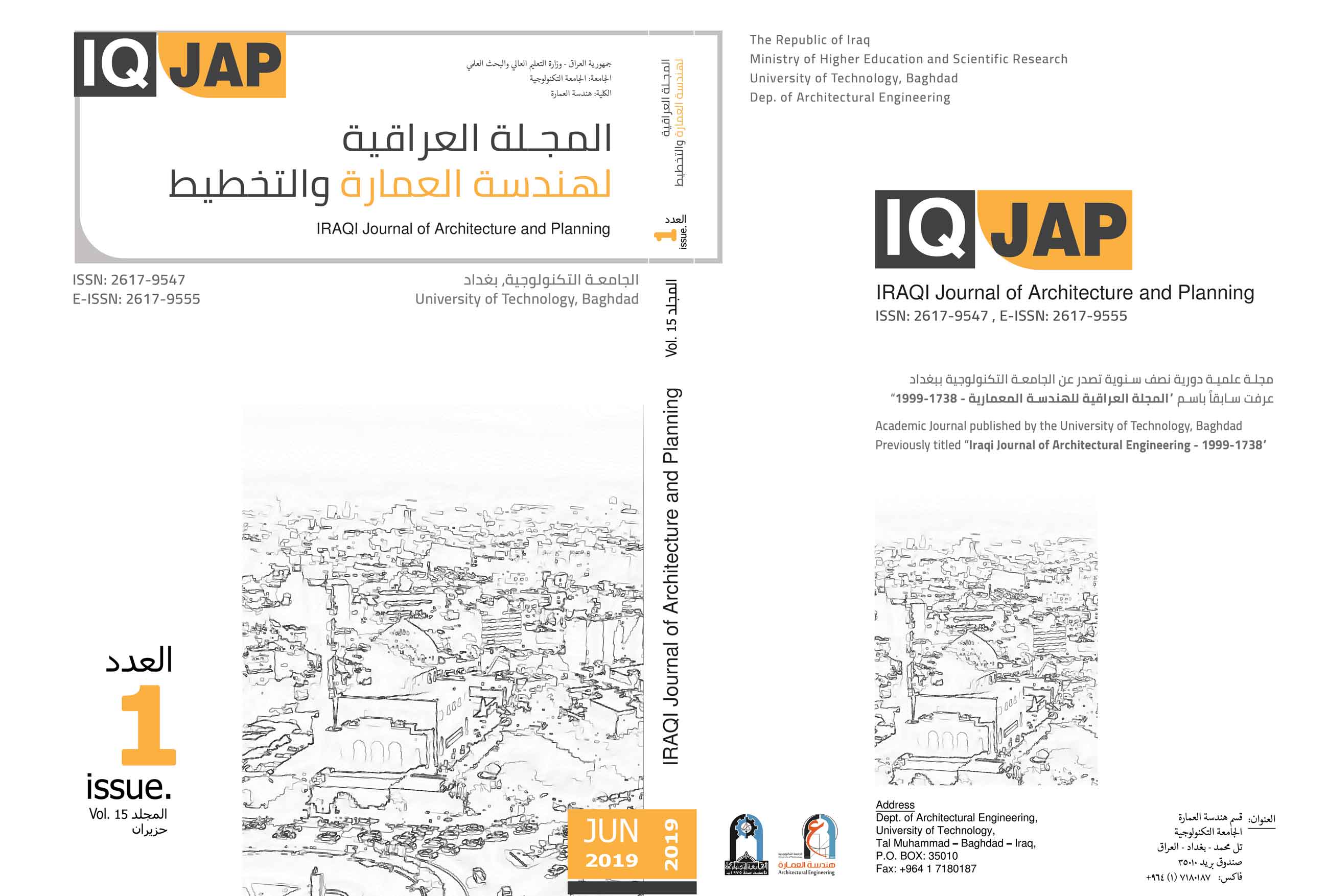Analyzing Public Transportation Plans to Addressing Traffic Congestions in Developing Countries
The Case Study of the Greater Cairo Region
Abstract
Traffic congestions is one of the main problems for many cities especially in newly urbanizing countries worldwide. The issue of traffic congestions has major impact not only on the planning of the city, but also on many aspects such as residence overall well-being. Governments often try to address this issue through a number of initiatives, most important of which is promoting public transport in order to reduce the dependency on private cars in the city. This research analyzed state-led public transportation initiatives impact on addressing traffic congestion in developing countries through a case study of the Greater Cairo Region in Egypt. The research specifically focused on two state-led public transportation programs, namely the Great Cairo Transport Authority (CTA) program to improve the existing public transport services in GCR and the GCR underground metro program during the 1990s to early 2010s. The research found that although these programs were successful in limiting the increase of privately owned cars and taxies in GCR, they did not decrease traffic congestions due to a number of issues including malpractice, political and administrative corruption, and rapid population growth and increased population densities that almost doubled in the period from early 1990s to early 2010s.
Downloads
References
ARABY, M. E. 2002. Urban growth and environmental degradation: The case of Cairo, Egypt. Cities, 19, 389-400.
BRYMAN, A. 2008. Social research methods 3rd ed., Oxford, Oxford University Press.
BRYMAN, A. 2012. Social Research Methods 4th Edition, Oxford OUP.
CAIRO METRO. 2012a. Cairo Metro [Arabic/English] [Online]. Worldwide. Available: http://cairometro.gov.eg [Accessed 8th March 2019].
CAIRO METRO. 2012b. Cairo Metro Passengers Statistics between 1987 - 2010 [Arabic] [Online]. Worldwide. Available: http://cairometro.gov.eg/uipages/Statistics.aspx [Accessed 10th March 2019].
CENTRAL AGENCY FOR PUBLIC MOBILISATION AND STATISTICS 2011. Population Estimates by Sex & Governorate [Arabic/English]. In: CENTRAL AGENCY FOR PUBLIC MOBILISATION AND STATISTICS (ed.). Egypt: Central Agency for Public Mobilisation and Statistics,.
COOK, D. B. Transport Problems in Cairo. In: EVIN, A. & VALYS, M., eds. The Expanding Metropolis Coping with the Urban Growth of Cairo, 1984 Cairo Egypt. Concept Media Pte Ltd. Singapore.
DEMOGRAPHIA 2016. World Urban Areas 12th Annual Edition. Demographia. Worldwide.
EL-DAGHESTANY, A. F. Transport in Greater Cairo. In: EVIN, A. & VALYS, M., eds. The Expanding Metropolis Coping with the Urban Growth of Cairo, 1984 Cairo Egypt. Concept Media Pte Ltd. Singapore.
MINISTRY OF TRANSPORT 2012. Transport statistics by region. In: TRANSPORT, M. O. (ed.). Egypt: Ministry of Transport.
SIMS, D., SEJOUME, M. & SHORBAGI, M. E. 2003. The case of Cairo, Egypt. UNDERSTANDING SLUMS: Case Studies for the Global Report on Human Settlements, Part IV, 195-228.
SUTTON, K. & FAHMI, W. 2008. Greater Cairo’s housing crisis: Contested spaces from inner city areas to new communities. Cities, 25, 277-297.
U.N.P.F.E., United Nations Population Fund - Egypt, 2008. Population and Development in Egypt [Online]. Worldwide: United Nations Population Fund - Egypt. Available: http://egypt.unfpa.org/english/Staticpage/54790f72-6e8b-4f77-99e2-4c5b78c20d5c/indicators.aspx [Accessed 4th April 2019].
UN HABITAT 2009. Planning Sustainable Cities, Worldwide, Habitat Publications.
UN HABITAT 2012. The State of Arab Cities 2012: Challenges of Urban Transition, Worldwide, Habitat Publications.
UN HABITAT. 2014. Egypt-Urban Issues [Online]. Worldwide: UNHabitat. Available: http://unhabitat.org/egypt/urban-issues/ [Accessed 12th March 2019].
WORLD ATLAS. 2016. Cities With The Worst Traffic In The World [Online]. Available: http://www.worldatlas.com/articles/cities-with-the-worst-traffic-in-the-world.html [Accessed 22th March 2019].
YIN, R. K. 2003. Case Study: Research Design and Methods 3rd edition, London and New Delhi, SAGE Publications.
Copyright (c) 2019 Hussaen Ali Kahatchi

This work is licensed under a Creative Commons Attribution-ShareAlike 4.0 International License.
You are free to use the work, but you have to attribute (refer to) the work in the manner specified by the author or licensor (but not in any way that suggests that they endorse you or your use of the work).
IRAQI J. ARCHIT & PLANN grants you the right to publish the metadata of the journal, it's issues and articles under the terms of the Creative Commons Attribution-ShareAlike 4.0 International License.
Author(s) hold the copyright of their aricles without restrictions. However, IRAQI J. ARCHIT & PLANN holds publishing rights for articles and their revisions once the article is published.
Authors can archive pre-prints (ie pre-refereeing) and post-prints (i.e. final draft post-refereeing) versions of the work they submitted to IRAQI J. ARCHIT & PLANN using non-for-profit open-access servers whether on author's personal website and/or institutional repositories including the university or research center where the author work.. For post-prints, only the IRAQI J. ARCHIT & PLANN’s as-published PDF version is permitted and the published source (IRAQI J. ARCHIT & PLANN’s website) must be clearly acknowledged within the archiving webpage.






